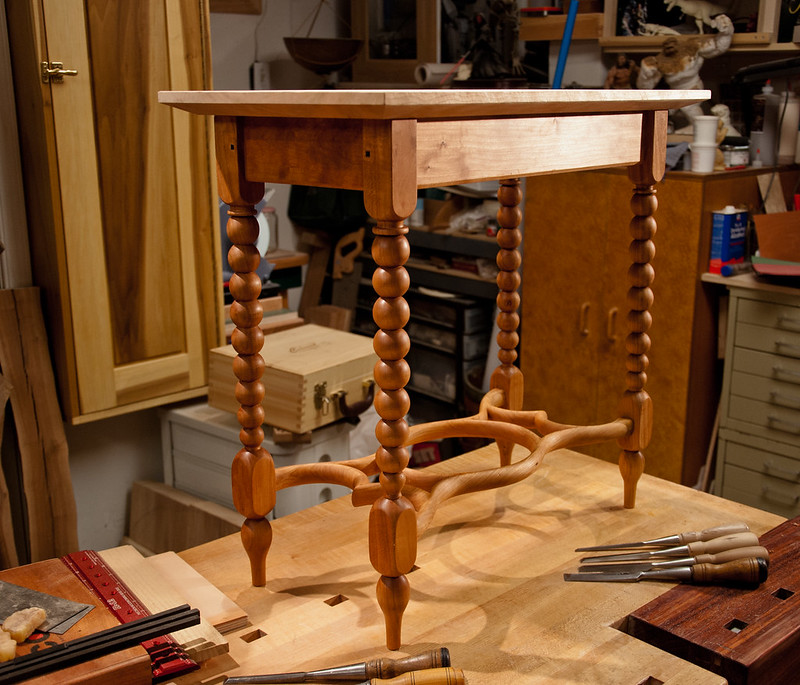Just another example of there being more than one way to do something.
Many years ago one of the magazines had a suggestion that a jointer be positioned for work by setting it with one edge of the toe and the opposite edge of the heel aligned on the board to slightly lower the angle of the blade. Another suggested working the plane side to side to even out the wear on the blade.
Somehow or some way all of these methods have worked for some over the years.
For me, a cambered edge on a plane's blade is only used on a few planes. For some folks a varying amount of camber seems to work on everyone of their planes. Can everyone be right? Of course they can all be right. This is an art, craft, hobby of individualistic souls. With so many ways to get the project done, it is best to experiment and find the way that works best for your needs in your shop in your hands.
If you are using Stanley planes or other equivalents buy a few cheap replacement blades. The 2" Buck Brothers blade at Home Depot is only $3. Get a few and give them different amounts of camber. If you find one that gives you a case of the warm fuzzies, then you can use that on a premium blade and find satisfaction in the shop. Let me tell you, it feels good.
For smoothers, my blades are not cambered. When taking a heavy cut they will leave tracks. With a sharp blade taking the thinest shaving possible, there are not any tracks. If a high spot is felt on a surface, setting the plane on it and taking a shaving will only effect the high area. The same blade that takes a full width shaving having one only a 1/4" to an inch coming out the first time will make you wonder what's happening.
With a longer plane and lots of use one will likely be able to "sense" square as they are working. "Trust but verify," as someone once said. If my wood working has been on hold for awhile, an edge may end up high on one side. This is where being able to judge the thickness of a shaving and how out of square an edge may be comes in handy. If my shavings are about 0.005" and the edge is out about 0.010" then the plane is tilted very lightly to take a shaving about a half thickness of the edge. This should get the edge to square in two strokes.
This seem to work for me. It may not work for others.
The object of our endeavors is to find enjoyment, make money, to make a few things for around the house or family and friends. My finding has been that the less time spent wracking my brain around all the best ways to do something with so many ways to be done does not bring as much enjoyment as going out to the shop to "just do it" as someone else said.
jtk







 Reply With Quote
Reply With Quote



